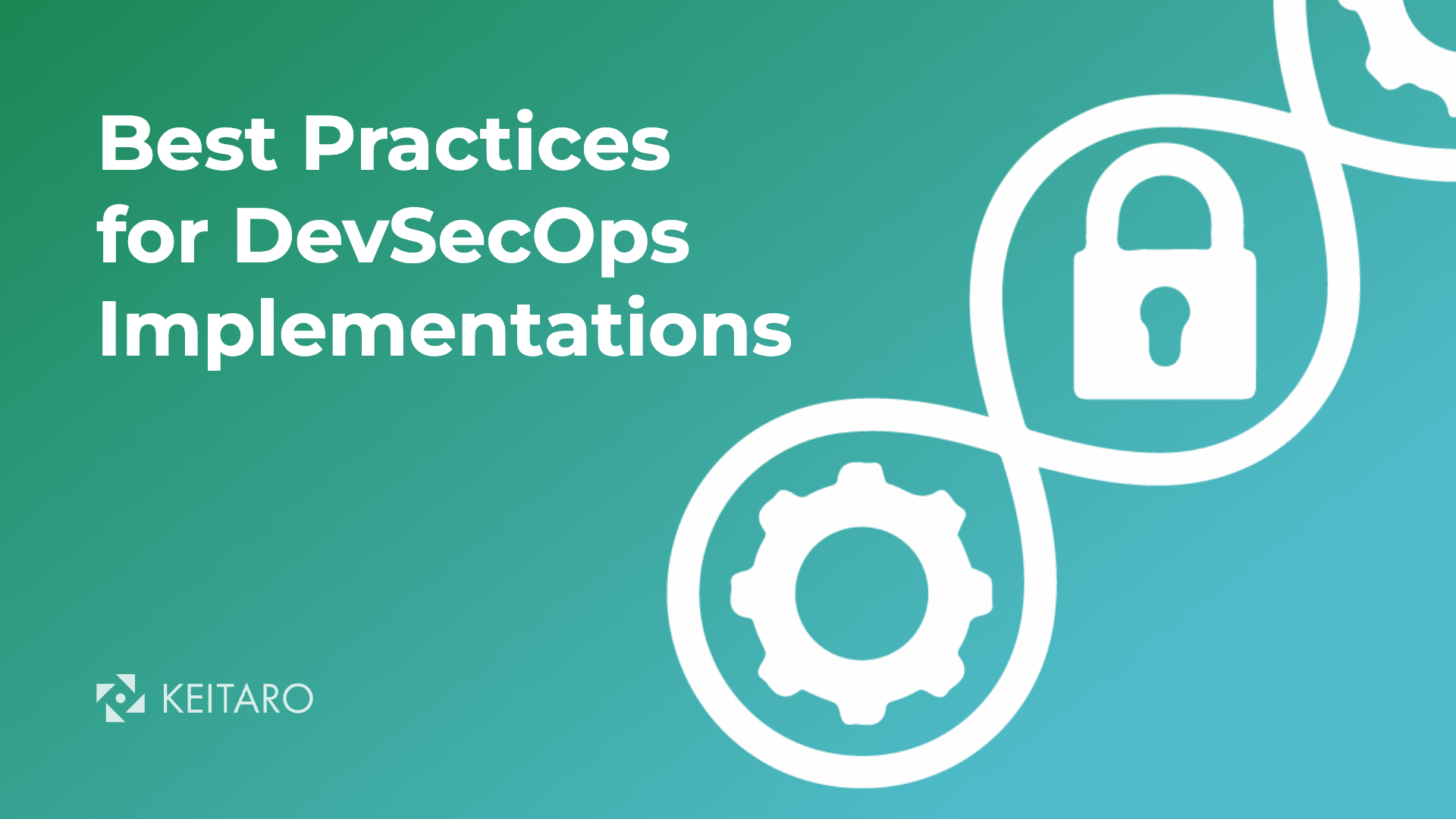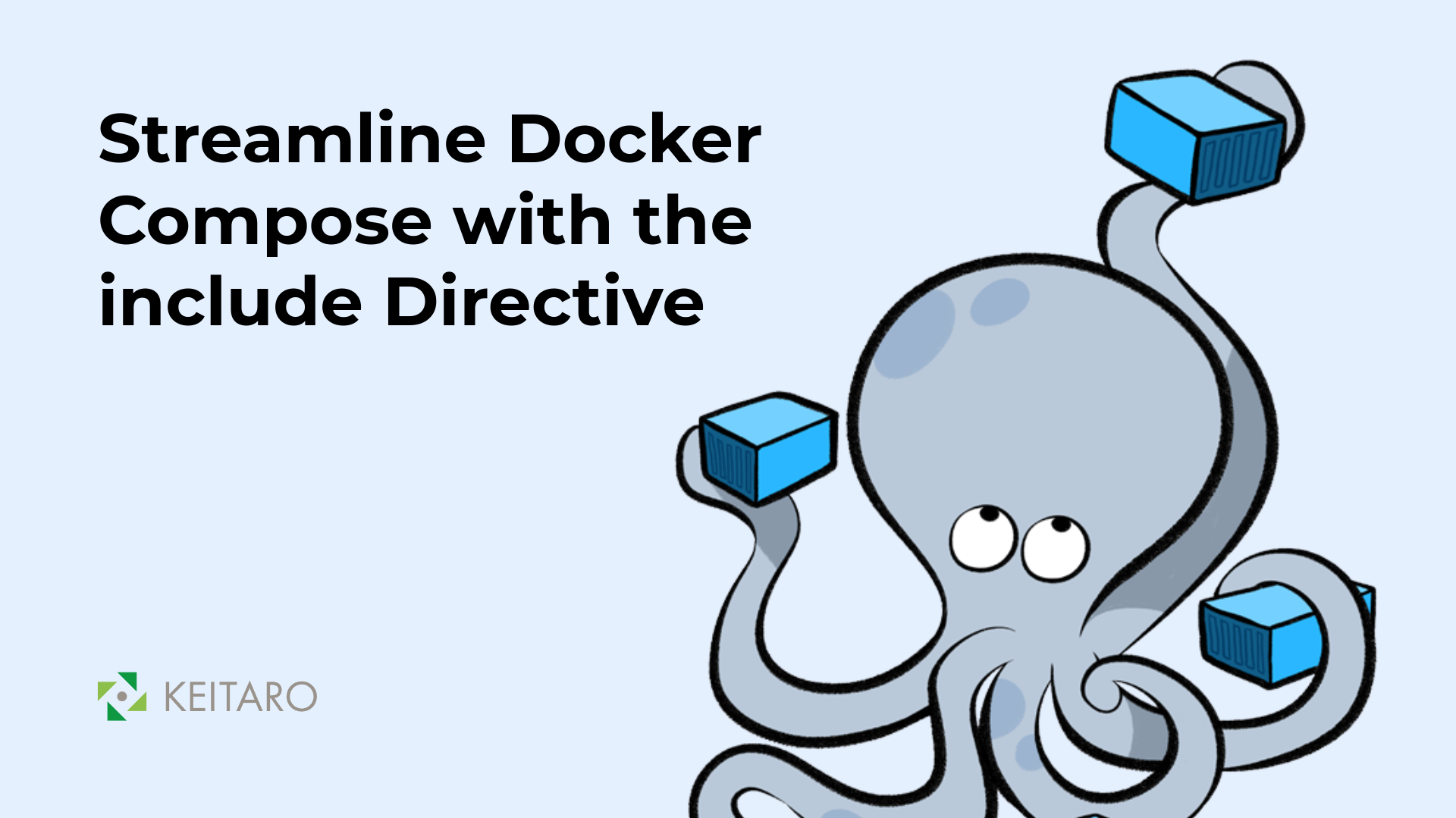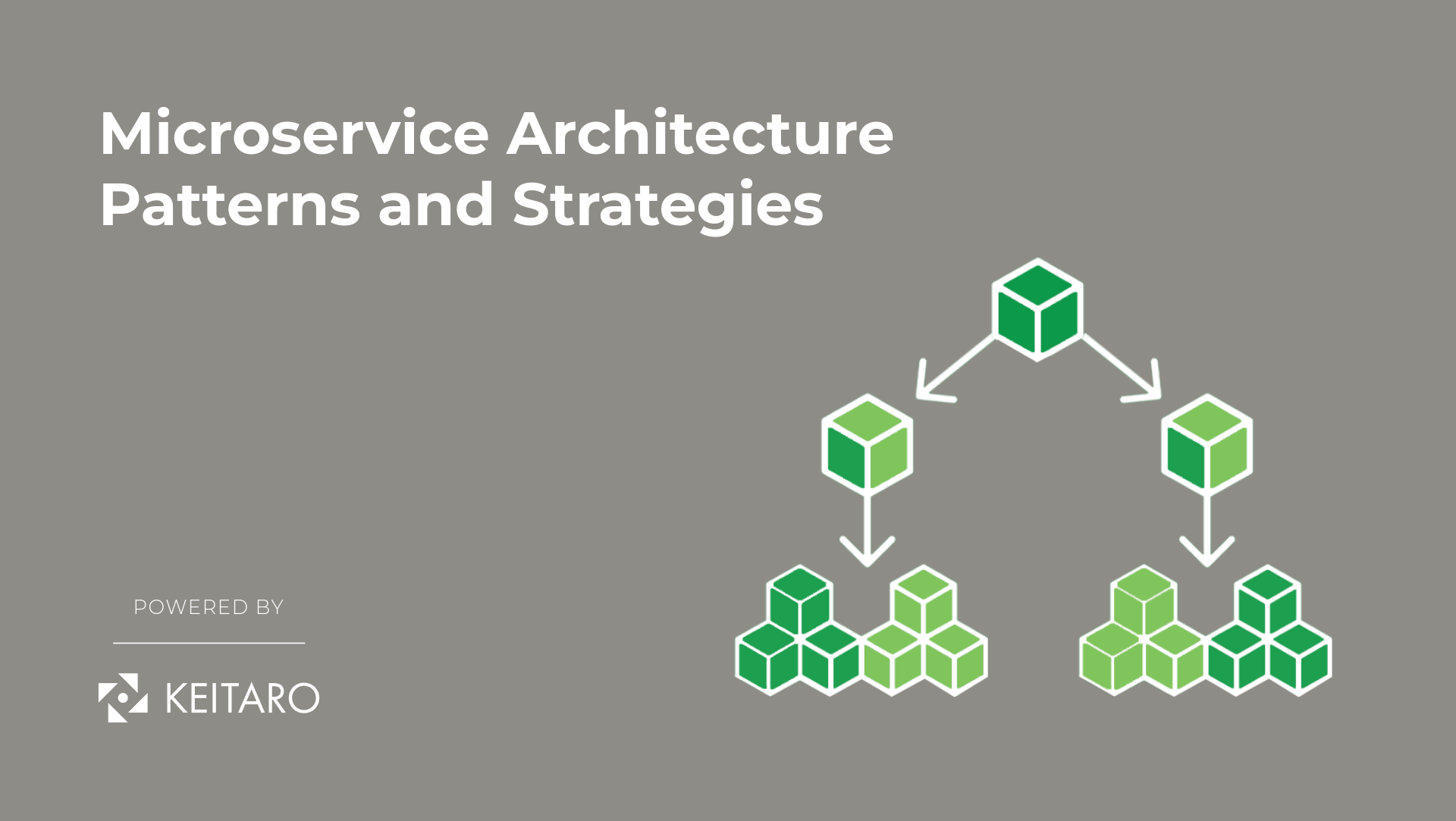According to today’s best development practices, DevOps has transformed how teams build, test, and roll out applications, resulting in quicker releases and enhanced flexibility. Yet, as businesses adopt DevOps to speed up their development processes, they frequently neglect security aspects, leaving their applications exposed to cyber threats. This is where DevSecOps steps in – seamlessly integrating security into the DevOps workflow to ensure that security is a foundational element of the development journey right from the start.
DevSecOps underscores the concept of “shifting left,” which involves integrating security measures at the beginning stages of the software development lifecycle (SDLC), including planning and design. By integrating security into each step of the DevOps pipeline, companies can construct applications that are both robust and secure. Here are several recommended approaches for implementing DevSecOps:
Automate Security Checks: Automation plays a pivotal role in DevSecOps. Incorporate security testing tools into your CI/CD pipeline to conduct automatic scans of code, identifying vulnerabilities, misconfigurations, and compliance issues.
Implement Infrastructure as Code (IaC): Embrace the practice of defining and provisioning infrastructure resources programmatically using Infrastructure as Code (IaC). This approach empowers you to enforce security policies uniformly across environments, monitor changes effectively, and revert to a stable state as necessary.
Embrace Continuous Security Monitoring: Establish robust logging, monitoring, and alerting systems to actively detect and respond to suspicious activities, unauthorized access attempts, and anomalies within your environment. By continuously monitoring your systems, you can swiftly identify and mitigate security threats in real-time, reducing the risk and impact of potential breaches.
Perform Security Code Reviews: Incorporate thorough security code reviews into your development workflow to pinpoint and resolve potential security vulnerabilities at an early stage. Encourage developers to adopt secure coding practices and follow established guidelines, effectively mitigating security risks throughout the development process.
Maintain Regular Updates and Patching: Ensure that your software dependencies, libraries, frameworks, and operating systems stay current with the latest security patches and updates.
Perform Ongoing Security Testing: Integrate security testing as a continuous process throughout the software development lifecycle (SDLC). In addition to automated testing, conduct manual security assessments, penetration testing, and code reviews to detect and resolve security issues proactively. This approach ensures that security remains a priority at every stage of development, mitigating potential risks effectively.
Establish Incident Response and Disaster Recovery Plans: Acknowledging that security incidents can still occur despite preventive measures, it’s imperative to establish comprehensive incident response and disaster recovery plans. These plans should outline clear procedures and protocols to swiftly address security breaches, minimize their impact, and ensure uninterrupted business operations. By preparing for such scenarios in advance, organizations can effectively mitigate risks and maintain resilience in the face of security challenges.
Monitor and Audit Third-Party Services and APIs: For applications reliant on third-party services or APIs, it’s crucial to conduct regular monitoring and audits of their security posture. Verify that third-party vendors comply with relevant regulations and standards, and enforce secure communication protocols for interactions with external services. This proactive approach helps ensure the integrity and security of your application’s ecosystem while mitigating potential risks associated with third-party dependencies.
In conclusion, DevSecOps stands as a vital strategy for constructing secure and robust software systems in today’s evolving threat landscape. By seamlessly integrating security practices into the DevOps pipeline and fostering a culture of collaboration and shared responsibility, organizations can successfully mitigate risks and safeguard their applications and data. It’s essential to recognize that security is not a one-time endeavor but an ongoing process that requires continuous attention and effort. Embrace DevSecOps as a holistic approach to software development, and prioritize security at every stage of the SDLC.



